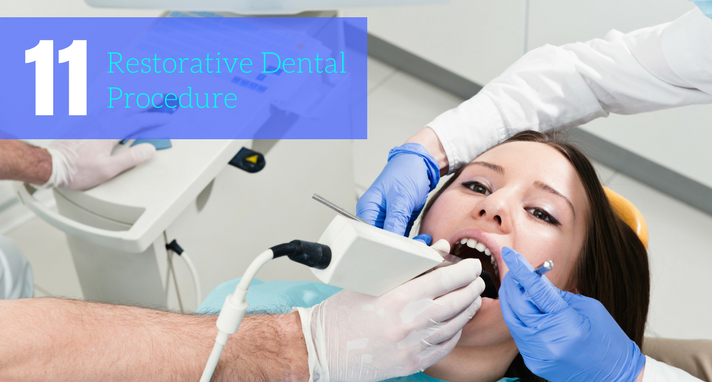33 Abbey Parade, Wimbledon, London SW19 1DG
33 Abbey Parade, Wimbledon, London SW19 1DG

Restorative dentistry is primarily concerned with preserving the health of a tooth and bringing it back to optimum form and function. Do you have tooth damage from trauma, disease or genetic defects that urgently needs to be repaired? Confidential Dental Clinic offer a range of cutting-edge restorative dental treatments to provide you with a lifelong happy and healthy smile. To receive an initial consultation, simply book an appointment with your dentist near by Wimbledon today!
A number of restorative dental treatments are available to repair every kind of tooth damage:
A multi-unit bridge can replace one or more missing teeth. The procedure requires the teeth bordering the gap to be reduced to make room for crowns (which in turn support the bridge). The false teeth are joined to the teeth on either side of the gap; it’s their job to carry the extra weight.
Commonly used to replace missing teeth in the front of the mouth, maryland bridges are attached to the back surfaces of the adjacent teeth. They are stuck with a special adhesive which is known to sometimes become unstuck. Patients then have to visit the dentist again to have the bridge reattached.
Usually made from porcelain for a natural appearance, a front tooth crown fits over a damaged tooth as a replacement. Crowns strengthen teeth and last many years depending on the health of the gum and underlying tooth. Crowns are ideal for replacing broken teeth, or teeth that have been weakened either by decay or a large filling.
Back tooth crowns are fitted for the same reasons as front tooth crowns. As more pressure is placed on the back teeth for chewing, back tooth crowns need to be made of a stronger material: usually ceramic with metal underneath.
Extremely durable and hardwearing, gold crowns are most suited to back teeth. Due to the gold colour, however, many patients opt for a more discreet crown.
When there isn’t sufficient tooth left to support a crown, a post crown is placed inside the tooth root. The crown can then securely fit over the post and provide a natural looking tooth replacement.
Custom-made from wafer-thin layers of porcelain, veneers are designed to fit closely over the tooth - just like a false nail. Porcelain veneers expertly hide cracks, chips, stains and misaligned teeth.
A popular choice to repair a decayed tooth, tooth-coloured fillings are made from porcelain or plastic (composite) material. The filling is bonded to the tooth and seals it off against further damage.
A traditional and inexpensive way to fill cavities, metal fillings are durable and long-lasting.
New technology gives the benefit of using special adhesive cements to bond fillings, crowns and bridges to teeth.
If you’re unhappy with your metal fillings, you can simply have them removed and replaced with porcelain or plastic (composite) fillings for a natural look.